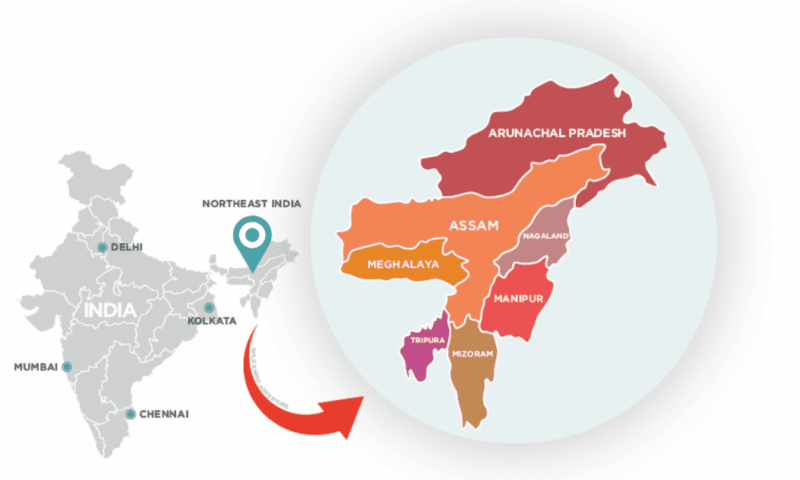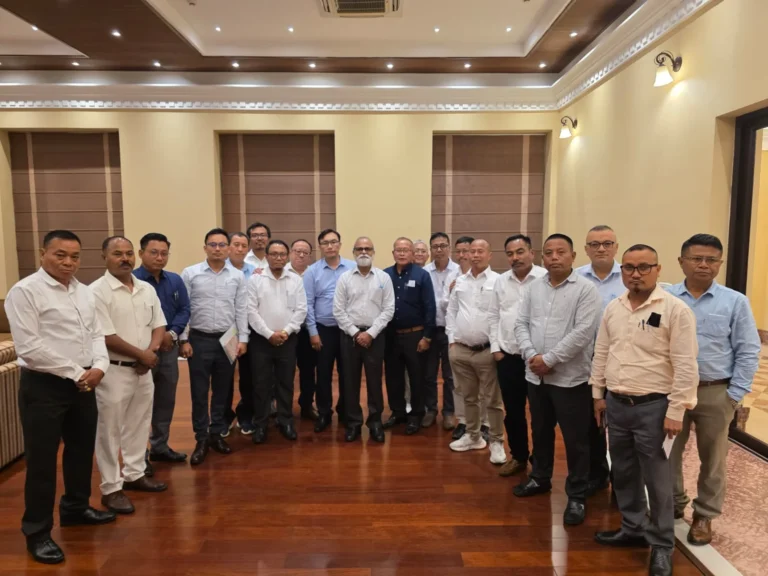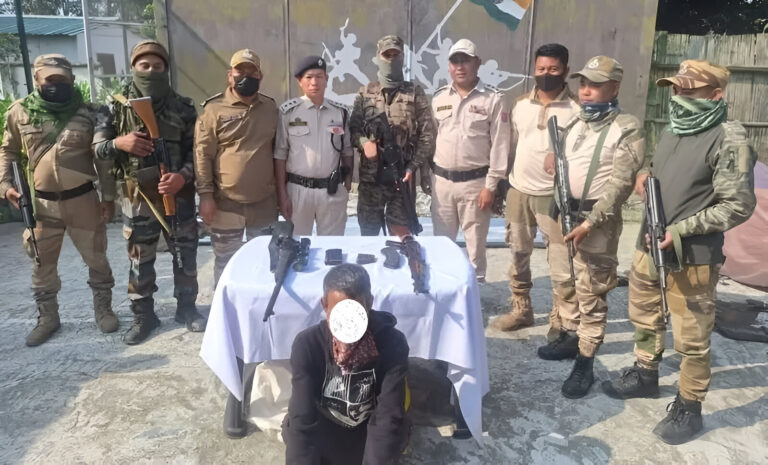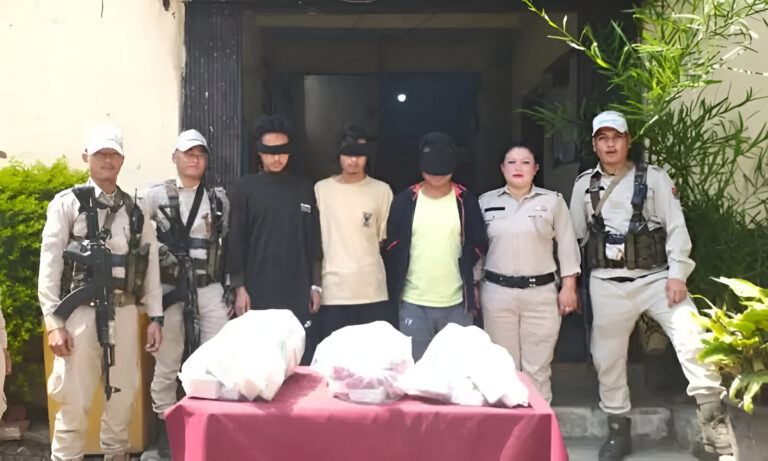NORTHEAST INDIA USES THE LEAST ABUSIVE LANGUAGE, DELHI LAGS BEHIND: 11-YEAR STUDY REVEALS INDIA’S SPEECH CULTURE DIVIDE
SUMMARY
A groundbreaking 11-year study analyzing online communication across India has revealed a surprising and heartening fact: people from the Northeast region, including states like Manipur, Mizoram, and Nagaland, use the least abusive language on the internet. On the flip side, Delhi emerged as one of the top cities where abusive and offensive terms are used frequently in digital spaces. The study, conducted by online behavior experts, examined millions of data points from social media platforms, comments, forums, and public threads. It uncovers not only the linguistic tendencies of different Indian regions but also highlights the Northeast’s unique cultural restraint and respectful communication style—even in the face of provocation or conflict.
THE LONG READ
1. A Study That Took 11 Years To Speak the Truth
Let’s be honest—social media can feel like a battlefield sometimes. Between trolls, toxic arguments, and offensive memes, it’s hard to scroll through a comment section without running into at least one abusive remark. But what if we told you that a corner of India is quietly setting an example in online etiquette? That’s exactly what this 11-year study found. Conducted by researchers specializing in digital behavior and linguistic analysis, the study tracked over 100 million data points from across India’s internet spaces—from Facebook rants to YouTube comments.
The conclusion? Northeast India stands out as the most respectful and least abusive region online. And that’s not just heartwarming—it’s inspiring.
2. So, What Makes the Northeast So Different?
You might be wondering—what’s the secret? Is it the culture? The education? Or just plain old values? The answer is: a little bit of everything.
In many Northeast Indian societies, respect is ingrained from a young age. From the way kids are taught to speak to elders to the collective community lifestyle, people are raised to value conversation over confrontation. Even when debates happen (and they do), they’re often handled with a level of maturity that you won’t easily find elsewhere.
Compare that to some metros—where heated arguments online can spiral into personal attacks in seconds—and you start to see the stark contrast.
3. Delhi’s Digital Anger Issues
Now let’s talk about Delhi. Known for its fast pace, competitive lifestyle, and no-filter communication style, it’s not shocking that the capital fared poorly in the study. Delhi’s digital presence was marked by higher-than-average instances of abusive words, slurs, aggressive language, and emotionally charged speech. This doesn’t mean everyone in Delhi is abusive—but rather that the environment encourages more reactive behavior, especially online.
Think of Delhi’s internet scene like a traffic jam with honking cars—everyone’s in a rush to say something, and not all of it is kind.
4. Breaking Down the Methodology: How Was the Study Done?
Alright, let’s geek out for a second. How did researchers actually figure this out?
- Data Sources: Twitter, Facebook, Reddit, YouTube, and public forums.
- Tools Used: Natural Language Processing (NLP), machine learning, and sentiment analysis engines.
- Scope: Over 100 million conversations across 20+ Indian cities and regions.
- Time Frame: 2012 to 2023.
Each comment or post was analyzed for tone, use of swear words, implied aggression, sarcasm, and derogatory slurs. Regions were then ranked on a scale from most abusive to least.
5. Language, Culture & Online Behavior: The Bigger Picture
Here’s where it gets interesting. Language isn’t just about words—it’s about attitude. And in a multilingual country like India, language varies with culture, tradition, and daily life.
In the Northeast, for example:
- English is often a second language, used with formal tone.
- Indigenous languages carry a lot of respect-based structures, especially when addressing others.
- Public shaming or insulting behavior is culturally frowned upon.
This filters into digital spaces too. Even when political or social issues are discussed (which are often tense), the tone remains civil more often than not.
On the other hand, regions with aggressive political discourse, media sensationalism, or high social stress tend to spill more negativity online.
FAQs
1. What exactly defines “abusive language” in the study?
It includes slurs, profanity, hate speech, aggressive personal attacks, and language designed to belittle, harass, or incite violence.
2. Which Northeast states were part of the analysis?
Manipur, Mizoram, Nagaland, Meghalaya, Arunachal Pradesh, Assam, Tripura, and Sikkim were all part of the regional data set.
3. Was Delhi the most abusive city overall?
While not the absolute worst, Delhi ranked among the top cities for high-frequency abusive language, especially in anonymous online forums.
4. Why is Northeast India generally more respectful online?
Cultural values, tight-knit community structures, and respectful linguistic norms contribute to lower instances of online abuse.
5. Can this data influence policy-making?
Absolutely. This kind of behavioral data can help in shaping digital ethics curriculums, moderation policies, and national awareness campaigns.





